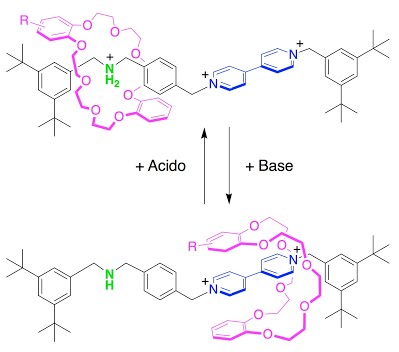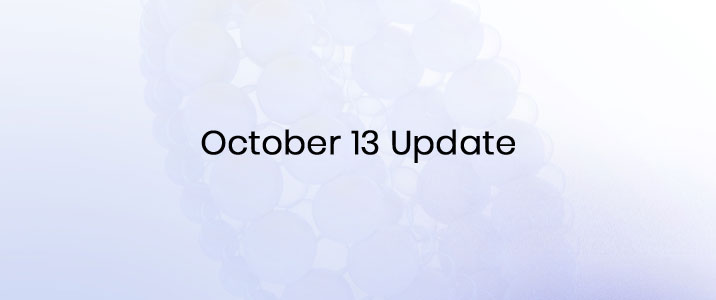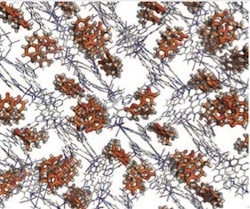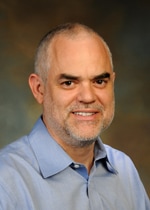Foresight’s Healing the Planet Accelerator: Radical Progress Human activities have pushed our ecosystem well past its carrying capacity. We are running out of time. Healing the Planet Accelerator: Radical Progress is meant to accelerate the work of innovators out there who are ready to tackle climate and ecosystem destabilization on a radical, systemic, large-scale basis—to propose… Continue reading 2020 Healing the Planet Accelerator
Summary Dr. Emil Kendziorra and Aschwin De Wolf talk about the process in cryonics and cryopreservation of organs, especially brains. They also address doubts related to the damage that can be caused in the tissues of cryopreserved people, and overall dive into the state-of-the-art solutions and research in cryonics, foreshadowing what is going to be… Continue reading Emil Kendziorra & Aschwin De Wolf | Biostasis & Cryonics Q&A
Mechanically interlocked molecules (MIMs), such as rotaxanes and catenanes, provide a fertile opportunity to study some of the complexities of large biological systems of molecular machines, composed of large protein molecules, with small molecular machines composed of small organic molecules containing components that can move relative to each other in response to external control. The… Continue reading Mechanical communication in a rotaxane molecular machine
Computer designed networks of hydrogen bonds allow programming specific interactions of protein interfaces, facilitating programming molecular recognition.
UPDATE 2.0 Dear friends of Foresight, Historically our Update has mainly featured Nanotech News. Now that so many events and announcements are coming thick and fast, we feel like it’s time to update the update — this issue will focus on new events to bring our readers up-to-date, but the next update will probably look… Continue reading October 13 Update
Chains of monomers joined by non-biological peptoid bonds follow different rules of self-assembly and form structures not found in chains joined by the peptide bonds used to form proteins.
Designing and building spiroligomers, robust building blocks of various 3D shapes made from unnatural amino acids, decorated with various functional groups, and linked rigidly together by pairs of bonds, and a new approach to nanotechnology design software.
A porous metal-organic framework ‘host’ soaks up molecular ‘guests’ to form a crystalline complex, the structure of which can be determined by X-ray crystallography, providing atomic-resolution structures of minute amounts of guest molecules, and perhaps eventually other nanostructures.
The demonstration that the process of DNA replication is more flexible than thought should make it easier to incorporate unusual amino acids into designed proteins, which might make it easier to design novel protein machines.








